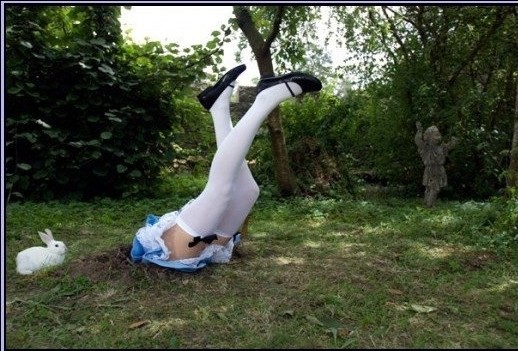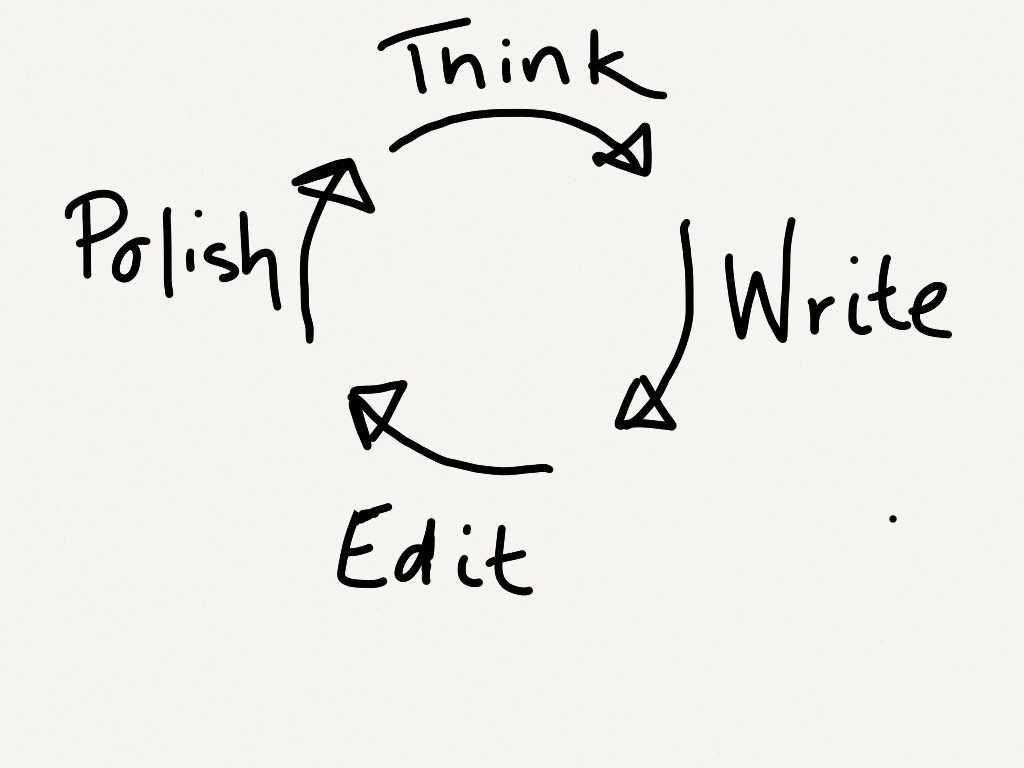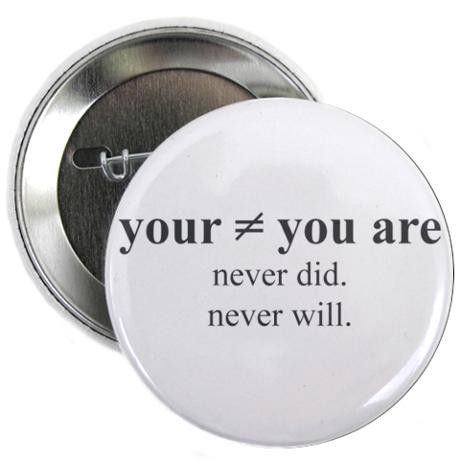The bull in a china shop!
Occupy Wall Street (OWS) is the name given to a protest movement that began on September 17, 2011 in Zuccotti Park, located in New York City's Wall Street financial district.
The Canadian activist group Adbusters initiated the protest, which subsequently led to Occupy protests and movements around the world. The main issues are social and economic inequality, greed, corruption and the perceived undue influence of corporations on government—particularly from the financial services sector. The OWS slogan, We are the 99%, addresses the growing income inequality and wealth distribution in the U.S. between the wealthiest 1% and the rest of the population. To achieve their goals, protesters act on consensus-based decisions made in general assemblies which emphasize direct action over petitioning authorities for redress.[7][nb 1]
Protesters were forced out of Zuccotti Park on November 15, 2011. After several unsuccessful attempts to re-occupy the original location, protesters turned their focus to occupying banks, corporate headquarters, board meetings, college and university campuses.
OWS was initiated by Kalle Lasn and Micah White of Adbusters, a Canadian anti-consumerist publication, who conceived of a September 17 occupation in lower Manhattan. Lasn registered the OccupyWallStreet.org web address on June 9.[8] That same month, Adbusters emailed its subscribers saying “America needs its own Tahrir”. White said the reception of the idea "snowballed from there".[8][9] In a blog post on July 13 of 2011,[10] Adbusters proposed a peaceful occupation of Wall Street to protest corporate influence on democracy, the lack of legal consequences for those who brought about the global crisis of monetary insolvency, and an increasing disparity in wealth.[9] The protest was promoted with an image featuring a dancer atop Wall Street's iconic Charging Bull statue[11][12][13]
A group called New Yorkers Against Budget Cuts (NYAB), promoted a "sleep in" in lower Manhattan called "Bloombergville" that took place in July, preceding OWS and provided a number of activists to begin organising.[14] Activist, anarchist and anthropologist David Graeber and several of his associates attended the NYAB general assembly, but, disappointed that the event was intended to be a precursor to marching on Wall Street with predetermined demands, Graeber and his small group created their own general assembly, which eventually developed into the New York General Assembly. The group began holding weekly meetings to work out issues and the movement's direction, such as whether or not to have a set of demands, forming working groups and whether or not to have leaders.[8][15][16][nb 2] The Internet group Anonymous created a video encouraging its supporters to take part in the protests.[17] The U.S. Day of Rage, a group that organized to protest "corporate influence [that] corrupts our political parties, our elections, and the institutions of government", also joined the movement.[18][19] The protest itself began on September 17; a Facebook page for the demonstrations began two days later on September 19 featuring a YouTube video of earlier events. By mid-October, Facebook listed 125 Occupy-related pages.[20]
The original location for the protest was One Chase Manhattan Plaza with Bowling Green Park, the site of the "Charging Bull", and Zuccotti Park as alternate choices. Police discovered this before the protest began and fenced off two locations but left Zuccotti Park, the group's third choice, open. Since the park was private property, police could not legally force protesters to leave without being requested to do so by the property owner.[21][22] At a press conference held the same day the protests began, New York City mayor Michael Bloomberg explained, "people have a right to protest, and if they want to protest, we'll be happy to make sure they have locations to do it."[19]
Because of its connection to the financial system, lower Manhattan has seen many riots and protests since the 1800s,[23] and OWS has been compared to other historical protests in the United States.[24] Commentators have put OWS within the political tradition of other movements which made themselves known by occupation of public spaces, such as Coxey's Army in 1894, the Bonus Marchers in 1932, and the May Day protesters in 1971.[25][26]
More recent prototypes for OWS include the British student protests of 2010, the Arab Spring protests[27], and, more closely related, protests in Greece and Spain protests. These antecedents have in common with OWS a reliance on social media and electronic messaging, as the belief that financial institutions, corporations, and the political elite have been malfeasant in their behavior toward youth and the middle class.[28][29] Occupy Wall Street, in turn, gave rise to the Occupy movement in the United States.[30][31][32] David Graeber has argued that the Occupy movement, in its anti-hierarchical and anti-authoritarian consensus-based politics, its refusal to accept the legitimacy of the existing legal and political order, and its embrace of prefigurative politics, has roots in an anarchist political tradition.[33] Sociologist Dana Williams has likewise argued that "the most immediate inspiration for Occupy is anarchism", and the LA Times has identified the "controversial, anarchist-inspired organizational style" as one of the hallmarks of OWS







